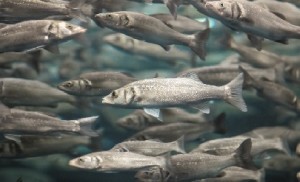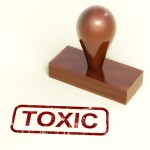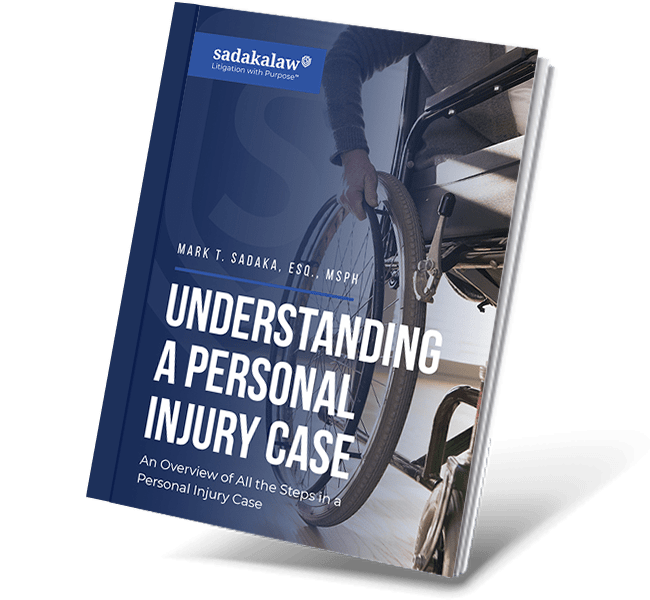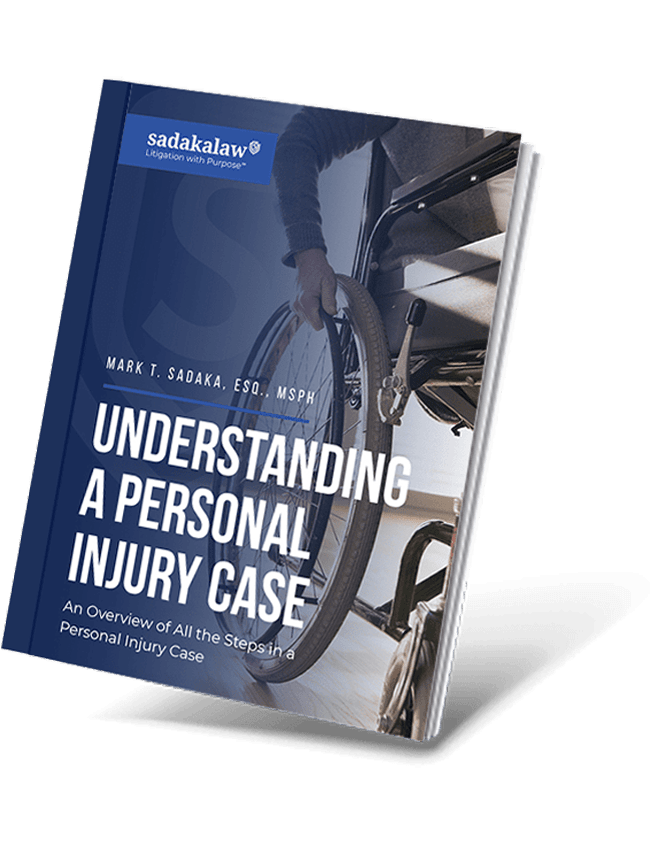 Earlier this month the results of a six-year study measuring water purity of the Columbia River were announced. The Columbia River basin comprises of 260,000 square miles, from its headwaters in British Columbia, Canada, to its mouth at Astoria, Oreg, bordering Washington and Oregon. The study analyzed water samples downstream from the Bonneville Damn, located in Portland Oregon.
Earlier this month the results of a six-year study measuring water purity of the Columbia River were announced. The Columbia River basin comprises of 260,000 square miles, from its headwaters in British Columbia, Canada, to its mouth at Astoria, Oreg, bordering Washington and Oregon. The study analyzed water samples downstream from the Bonneville Damn, located in Portland Oregon.
According to the U.S Geological Survey (USGS) high levels of toxic substances were found in the Columbia River everywhere from sediments to resident fish to osprey eggs.
Where Are The Contaminants Coming From?
The three sites that were studied were near Columbia City, ON, Skamania, WA and Longview, WA on the United States side of the lower Columbia River.
The USGS measured the toxin levels in river sediments, aquatic insects, and suckerfish and osprey eggs.
“A lot of the contaminants come through pathways of the wastewater treatment plant into the river, but the primary source is us,” said Elena Nilsen, research chemist at USGS Portland.
Large scale sucker fish, a species studied showed abnormalities including negative sperm health that makes it harder to reproduce.
If resident sucker fish are consumed regularly by humans, health risks including cancer could increase.
Nilsen says that immigrant communities will most likely be affected since they eat large scale suckerfish more than any other group because the fish can be caught locally and provide a reliable food source.
Steven Sobieszczyk, a USGS hydrologist, says these contaminants hadn’t been effectively tested for in the past.
Nilsen says the toxic sources observed originated from furniture, non-biodegradable cleaning products and home electronics.
The USGS study raises larger water quality concerns. Sara Thompson, public information officer for the Columbia River Inter-Tribal Fish Commission, says, “Water quality often goes overlooked and ignored because it’s not tangible. You can’t see it. We can see fish populations decreasing however we can’t see the toxins.”
Contamination levels were higher the further downstream scientists looked, as the human impact accumulated.
In addition, an important correlation was made. More toxins were found the higher up in the food chain they studied.



